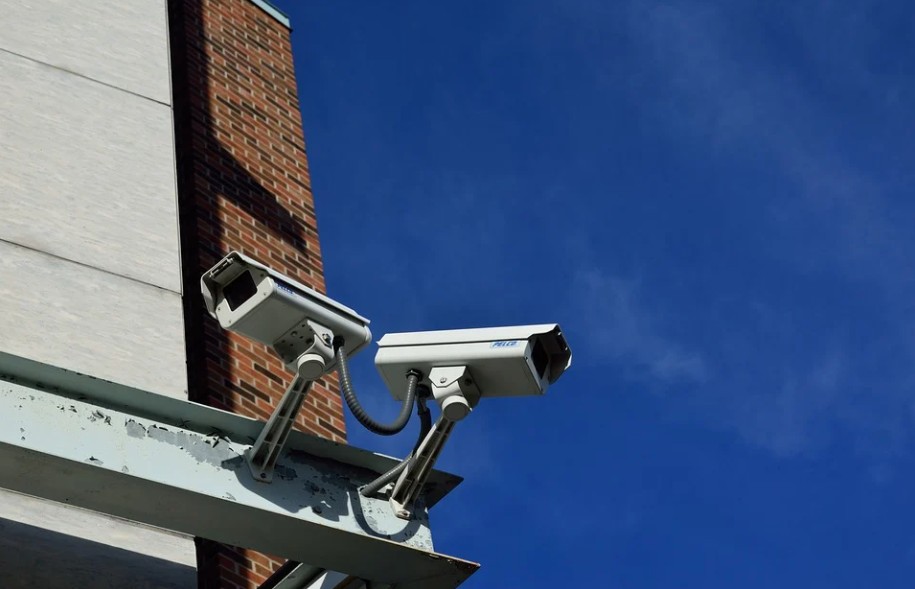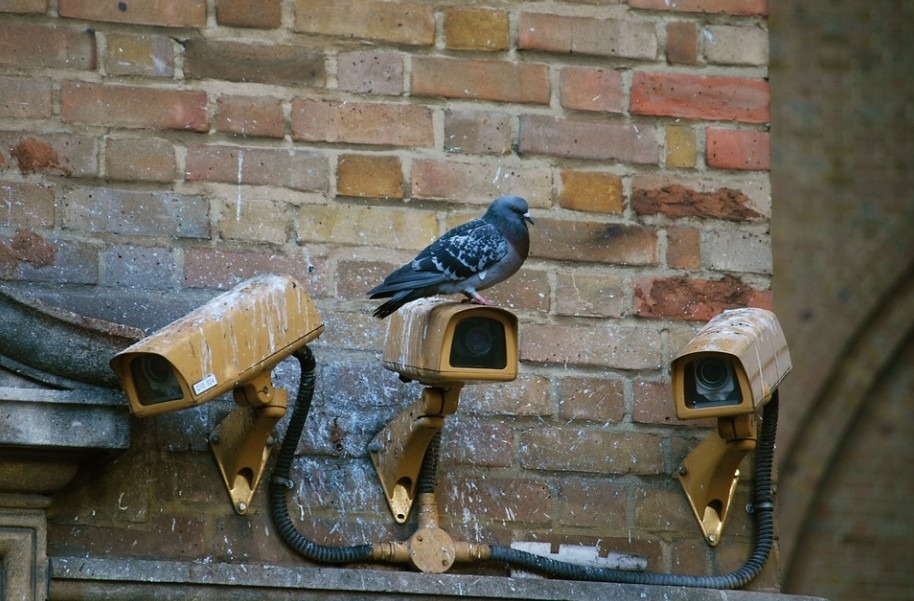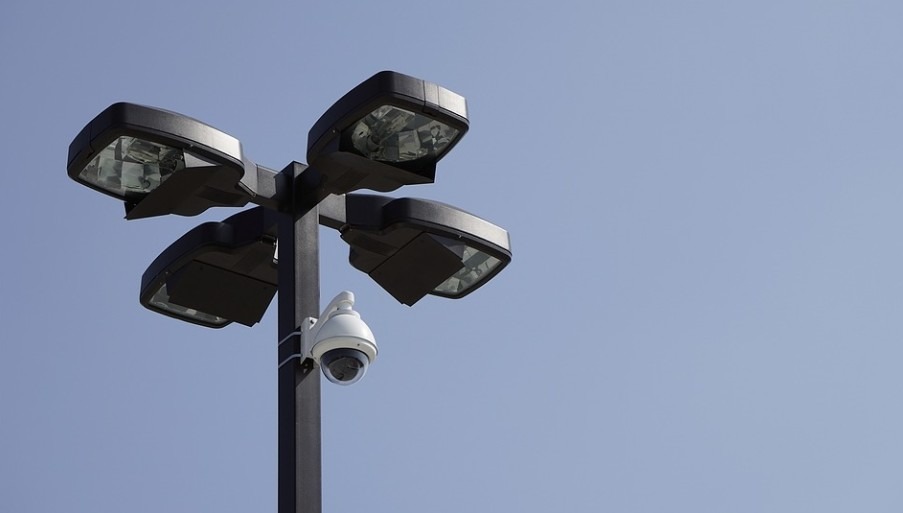We use cameras most of the times, but are we conscious that some people monitor us at all times? We now take CCTV for granted, yet most businesses have them, streets are filled with them, and many private residences are installing them as well.
Closed Circuit Television (CCTV) uses video cameras to send signals to a designated area and a series of video monitors. CCTV employs private or closed circuit broadcast signals, whereas regular television uses public broadcast signals.
Going back in time, here is some essential information about the earliest years of Closed Circuit Televisions.
THE HISTORY OF CCTV CAMERAS
In 1942, when WWII was in full swing and technology was fast-evolving, CCTV technology was created by Walter Bruch, a German electrical engineer, to learn about weapons rather than people. The technology was not updated enough to record the incident at the time. It simply allows you to keep track of several things in real-time.
The first documented CCTV footage was when the German military used it for the first time to view missile launches from inside a bunker. However, viewers could only witness the events as they unfolded via live streams—The recordings were only accessible several years later.
The US government, on the flip side, was quick to notice this new military technology. Surveillance cameras allowed experts to watch nuclear bomb tests without having to be present. It allowed scientists to study the effects of atomic weapons from a safe distance, generally within a lab, and never deal with the terrible aftermath.
In 1949, a company in the United States introduced the first commercial CCTV television system. During that year, Vericon, a government contractor, began to advertise the system. The technology employed in this device is unknown. However, because you cannot record the video of the CCTV footage, they utilized it as a live monitoring system.
When the Thai royal family visited in 1960, the British police used CCTV equipment as an additional set of eyes. They just put two cameras, which, by current standards, may not be enough for a single room. Nevertheless, this paved the way for a new application of technology.
Only a year after, in 1961, London Transport began setting up CCTV cameras throughout the railway station to improve public safety. Liverpool started experimenting with a similar concept a few years later.
In 1968, the invention of the well-known videocassette recorder (VCR) significantly boosted CCTV technology. Olean, New York, was the world’s first city to install surveillance cameras all along the main street.
New York City was keen to use this technology to track and prevent crime. To combat crime, they installed surveillance cameras in problem locations throughout the city in the early 1970s. They also installed cameras in Times Square to detect and prevent crime, but the crime rates did not reduce as planned.
Security cameras were a standard in public safety, and they began to become common in home security as well. In 1969, Marie Van Brittan Brown developed and patented the home security system. Even though CCTV cameras did not affect crime reduction, they grew rapidly across the United States.
The accessible recording had become relatively standardized early on, but watching the tape to evaluate incidents and activities was inconvenient. That is, until 1986 when digital video recording became the industry standard. While it was far away from today’s video surveillance software, it was a significant step forward and changed the way people viewed CCTV recordings.
Manufacturers began employing a method known as digital multiplexing in the early 1990s. This ground-breaking method merged many video feeds from the same area or related zones and displayed them on a single monitor or television. When law enforcement agencies investigated assaults, robberies, vehicle accidents, and other crimes, video security cameras became a valuable source.
Following the attacks of 9/11 in New York last 2001, CCTV became viewed as a critical instrument in the battle against terrorism, and the use of surveillance cameras expanded worldwide.
People can keep an eye on things from afar thanks to CCTV technology. This procedure is being sped up even more with the use of facial recognition cameras. In the 2000s, facial recognition technology advanced quickly.
They first used face recognition technology to identify people. It was a significant upgrade above the primary cameras that previously dominated the market. However, the major shift occurred when consumers began to upgrade to existing facial recognition technology.
Now, business owners can recognize and identify names with faces, receive notifications when a specific face appears, and the image is better than ever. Facial detection technology may also include other functions, depending on the design of the home.
According to the British Security Industry Authority (BSIA), in 2013, there is a CCTV camera for every 11 individuals in the UK. All in all, there are 5.9 million operational cameras in the United States.
The most common application of CCTV technology today is for security systems. You’ve probably noticed the tiny cameras in the walls and ceiling of your office, as well as banks, airports, and a variety of other places. Closed Circuit Television systems are likely to become even more widespread as time goes on.



